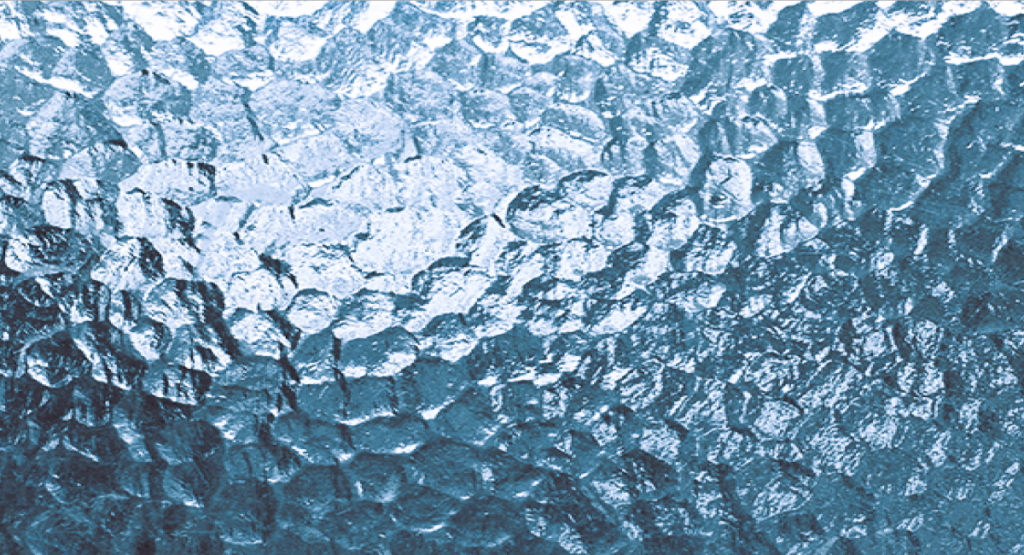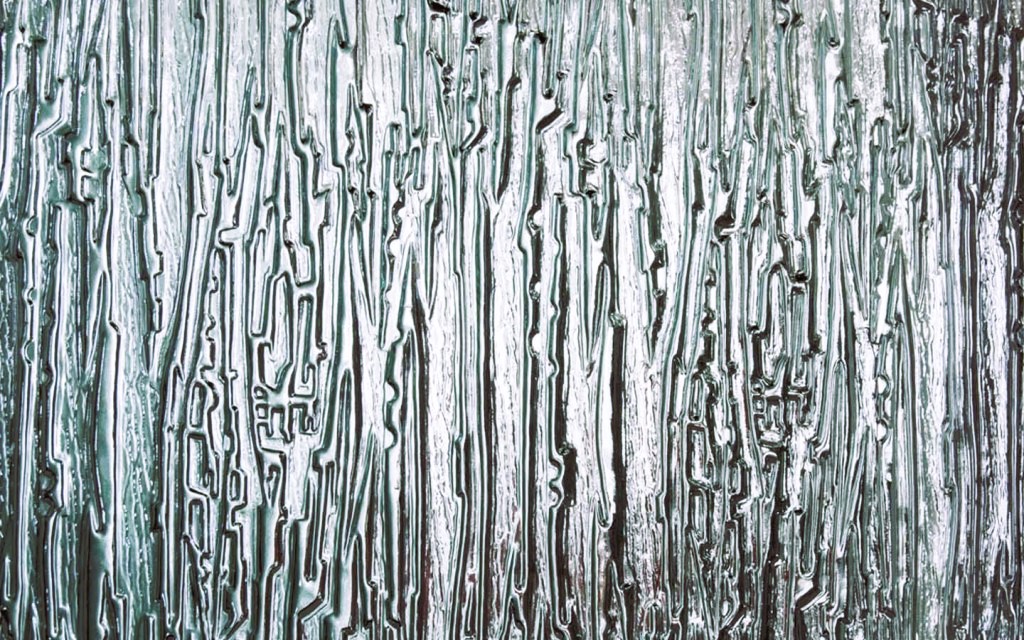Textured glass, with its unique patterns, translucency, and tactile appeal, adds a touch of elegance and sophistication to any space. From residential interiors to commercial buildings, textured glass finds diverse applications in architectural and interior design, offering both aesthetic and functional benefits. In this article, we will delve into the world of textured glass, exploring its applications, design inspirations, and the standards that govern its production and use.
Understanding Textured Glass
Textured glass, also known as patterned or decorative glass, is created by rolling or pressing molten glass between metal rollers or passing it through molds to impart various surface patterns and textures. These patterns can range from subtle and organic to bold and geometric, offering designers a wide range of options to complement different architectural styles and interior design schemes. Textured glass is prized for its ability to diffuse light, provide privacy, and create visual interest without sacrificing transparency.
Applications of Textured Glass

Textured glass finds numerous applications in both residential and commercial settings, including:
- Doors and Windows: Textured glass panels are commonly used in doors, windows, and partitions to add privacy while allowing natural light to filter through. From traditional to contemporary designs, textured glass enhances the aesthetic appeal of both interior and exterior spaces.
- Shower Enclosures: Frosted or patterned glass is a popular choice for shower enclosures, providing privacy without completely blocking out light. Textured glass can also help conceal water spots and soap scum, making it easier to maintain cleanliness in the bathroom.
- Divider Walls and Screens: Textured glass partitions and screens are often used to delineate spaces in open-plan environments such as offices, restaurants, and hotels. The interplay of light and shadow created by textured glass adds visual interest and a sense of depth to the surroundings.
- Furniture and Decor: Textured glass tabletops, cabinet doors, and decorative accents bring texture and dimension to furniture pieces and interior decor. Whether it’s a subtle rippled surface or a bold geometric motif, textured glass adds a layer of sophistication to any room.
- Architectural Features: Textured glass can be incorporated into architectural features such as skylights, staircases, and balustrades to create dramatic visual effects and enhance the overall ambiance of a space. Enhancing your office space with all-glass entrances, we’ve got some design tips and considerations for you.
Design Inspirations
Designers and architects draw inspiration from a variety of sources when incorporating textured glass into their projects:
- Nature: Organic textures inspired by nature, such as waves, leaves, and floral motifs, evoke a sense of tranquility and harmony with the environment.
- Geometric Patterns: Bold geometric patterns, including stripes, grids, and abstract shapes, add a contemporary edge to architectural and interior designs, creating visual interest and dynamic focal points.
- Cultural Influences: Textured glass patterns inspired by traditional crafts, ethnic motifs, and architectural heritage reflect cultural diversity and celebrate local craftsmanship and heritage.
- Artistic Expression: Many artists and glassmakers experiment with innovative techniques and materials to create one-of-a-kind textured glass artworks that blur the boundaries between art and design.
Standards and Regulations

The production and use of textured glass are governed by industry standards and regulations to ensure safety, performance, and quality. Organizations such as ASTM International and the International Organization for Standardization (ISO) establish guidelines for the manufacturing, testing, and installation of textured glass products. These standards cover aspects such as thickness, strength, impact resistance, and surface quality, providing assurance to designers, builders, and end-users alike.
Conclusion
Textured glass is a versatile and visually captivating material that adds character and sophistication to architectural and interior design projects. Whether it’s creating a sense of privacy, diffusing light, or adding a decorative touch, textured glass offers endless possibilities for enhancing the beauty and functionality of any space. By exploring different patterns, textures, and design inspirations, designers can unlock the full potential of textured glass and create memorable design experiences that delight and inspire.
For more information on textured glass applications and design inspirations, please visit Wikipedia.

